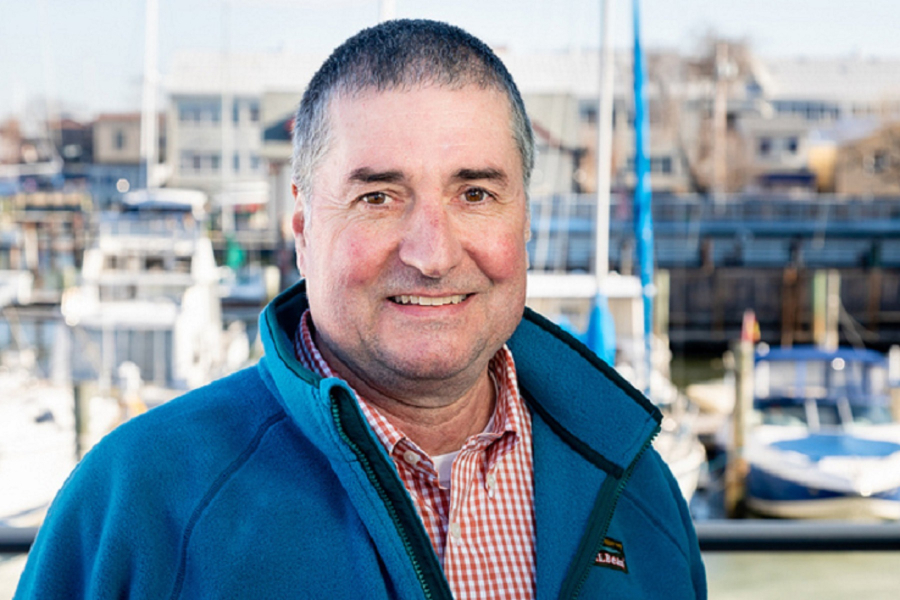The Chesapeake Bay Program looks upstream for its new director
Dana Aunkst takes the helm of the 35-year old regional partnership

Dana Aunkst has always been drawn to the water. Whether through recreation—he is an avid fly fisher—or in his professional career, ensuring that local waters remain clean and healthy has always been near and dear to his heart.
Aunkst is a Pennsylvania native through and through. Growing up in north central Pennsylvania, he obtained a Bachelor of Science in chemical engineering from Penn State University. Afterwards, he spent several years in private industry, as well as in local and state government.
Getting back to that desire to keep local waters healthy, he joined the Pennsylvania Department of Environmental Protection (DEP) in 2002 and held several executive level positions during his tenure. In his role as Deputy Secretary for Field Operations at DEP, Aunkst oversaw programs for surface and groundwater quality, soil and water conservation, public water supply withdrawals, flood protection and stream improvements, among other responsibilities. But most notably, this position brought him face-to-face with the challenges of Bay restoration, and in 2016, he authored the Pennsylvania Chesapeake Bay Reboot Strategy.
The position of Chesapeake Bay Program director is no easy task—instead of working with partners in one state, there are now nearly 40 partner agencies across six states and the District of Columbia in which to work with. In addition to these, partners also span 19 federal agencies, more than 20 academic institutions, more than 60 non-governmental organizations and a multitude of local governments spread across 64,000 square miles. As a partnership that prides itself on consensus decision making, it can fall to the director to drive discussion and reach an agreement.
Aunkst likes to be challenged though and he comes into his new role with a familiarity of how the Bay Program works, including the importance of building relationships with the many partners we work with. Through his work with such regulatory matters as Watershed Implementation Plans (WIPs) and strategies to address point source pollution, Aunkst has worked hard to build trust with the agriculture and municipal sectors, as well as many others. Being the person to lead the partnership “over the finish line” in regard to the Chesapeake Bay Total Maximum Daily Load (Bay TMDL)is a logical next step in an impressive environmental career, which is built upon among many other things, collaboration with a variety of partners to protect water quality.
While his immediate priority is guiding the partners through the Phase III WIP process in order to address the pollution reduction goals of the Bay TMDL, Aunkst is adamant that we can’t forget the many other outcomes of the Chesapeake Bay Watershed Agreement. These outcomes—ranging from blue crab abundance to environmental literacy—complement the achievements made under the Bay TMDL, providing the framework to ensure the sustainability of Bay restoration and benefits to those who live in the watershed.
The restoration of the Chesapeake Bay is reliant upon keeping the water the flows into it clean and healthy. The upstream perspective that Dana Aunkst brings to the Chesapeake Bay Program will not only help the Bay, but also the local rivers and streams, and the people that depend on them.

Comments
There are no comments.
Thank you!
Your comment has been received. Before it can be published, the comment will be reviewed by our team to ensure it adheres with our rules of engagement.
Back to recent stories